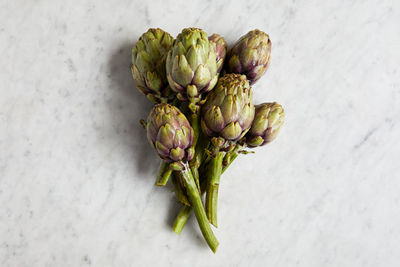- Artichoke
- Asparagus
- Aubergine
- Avocado
- Beansprouts
- Beetroot
- Broad beans
- Broccoli
- Brussels sprouts
- Butternut squash
- Cabbage
- Carrots
- Cauliflower
- Cavolo Nero
- Celeriac
- Celery
- Chard
- Chicory
- Chillies
- Climbing Beans
- Courgettes
- Cucumber
- Fennel
- Garlic
- Ginger
- Green beans
- Horseradish
- Jerusalem Artichoke
- Kale
- Kohlrabi
- Leeks
- Lettuce
- Mushrooms
- Okra
- Onions
- Pak Choi
- Parsnips
- Peas
- Peppers
- Plantain
- Potatoes
- Radicchio
- Radishes
- Rhubarb
- Rocket
- Spinach
- Spring Onions
- Sugar Snap Peas
- Swede
- Sweet potatoes
- Sweetcorn
- Tomatoes
- Turnips
- Wasabi
- Watercress
- Yam
How to cook Yam
You can treat yams like potatoes and mash, boil or roast them. They’re also tasty chopped and cooked in curries.
WHAT ARE YAMS?
Yams and sweet potatoes often get confused, however – although they look similar – they are not related. Yams are tubular root vegetables, with edible flesh and tough brown skins.
WHEN ARE YAMS IN SEASON?
Yams are available throughout the year.
HOW TO STORE YAMS
Yams should be stored in a cool dark place. They don’t need to be refrigerated.
What are the health benefits?
Yams are a source of potassium, which helps keep our blood pressure healthy. Yams (as well as potatoes and plantains) do not count towards our 5-a-day count as they are classified in the starchy carb food group.



